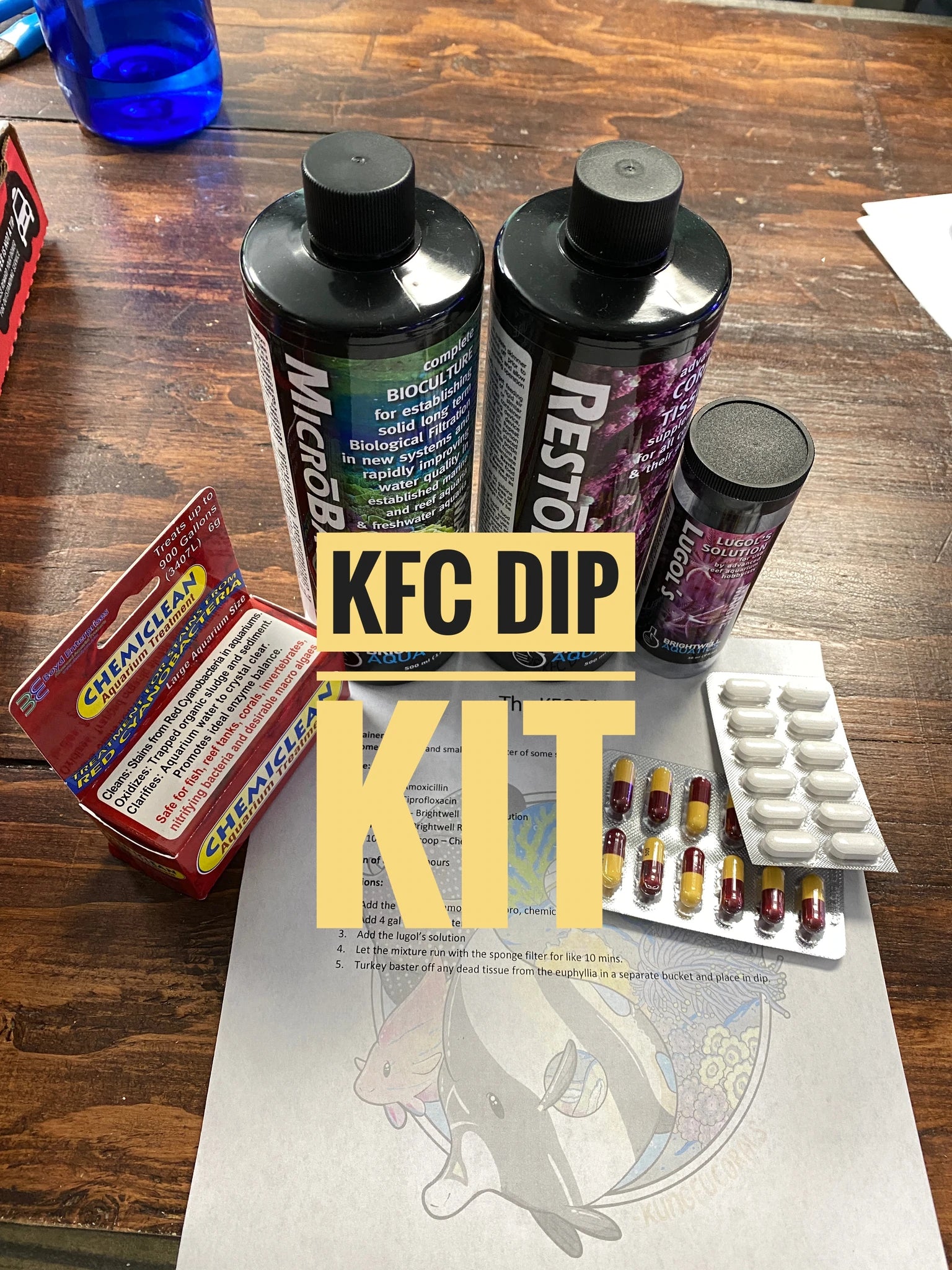- Joined
- Apr 20, 2019
- Messages
- 205
- Reaction score
- 68
Greetings, every time I try a euphyllia it does reallly well for a few weeks, then it starts retracting more and more into its skeleton over the course of a few days and then it suddenly melts away. That only happens with euphyllia, any other coral that I had die off was by me messing up.
Throughout the day alk between 7.7-8 no alk swings ever since I bought it.
Phosphates currently 0.045-0.05 Hanna ulr
Nitrates always a steady 10-15ppm, never leave that range.
About 3-4 days ago I noticed that the frogspawn started to retract so I decided to do a water change, since I was also getting much more algae than usual, I also added a small amount of Fe(OH)2 to reduce the algae, the phosphates did not get to zero as you can see from my parameters above (I just checked the phosphates again earlier).
A few hours ago I recognized the typical euphyllia melting look, long "strings of flesh extending off of it". Is there anything I can do? My tank consumes about 0.5dkH per day, a pretty good amount considering it is an lps tank, so things are growing.
Here is how the euphyllia looks right now (I didn't manage to catch the "strings of flesh"), It used to extend like 4-5 times this size about 5 days ago, the only changes I have made since then is that I glued it exactly on the same spot on a piece of rock, nothing else:
I wouldn't post if it just retracted for a few days, I have seen it melt so there is not much I can think of..
Throughout the day alk between 7.7-8 no alk swings ever since I bought it.
Phosphates currently 0.045-0.05 Hanna ulr
Nitrates always a steady 10-15ppm, never leave that range.
About 3-4 days ago I noticed that the frogspawn started to retract so I decided to do a water change, since I was also getting much more algae than usual, I also added a small amount of Fe(OH)2 to reduce the algae, the phosphates did not get to zero as you can see from my parameters above (I just checked the phosphates again earlier).
A few hours ago I recognized the typical euphyllia melting look, long "strings of flesh extending off of it". Is there anything I can do? My tank consumes about 0.5dkH per day, a pretty good amount considering it is an lps tank, so things are growing.
Here is how the euphyllia looks right now (I didn't manage to catch the "strings of flesh"), It used to extend like 4-5 times this size about 5 days ago, the only changes I have made since then is that I glued it exactly on the same spot on a piece of rock, nothing else:
I wouldn't post if it just retracted for a few days, I have seen it melt so there is not much I can think of..




















